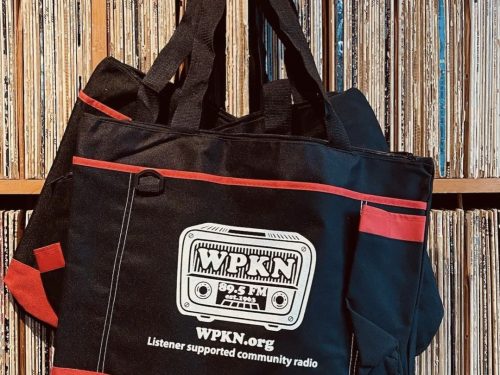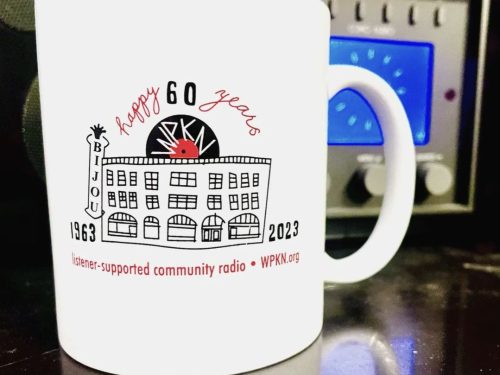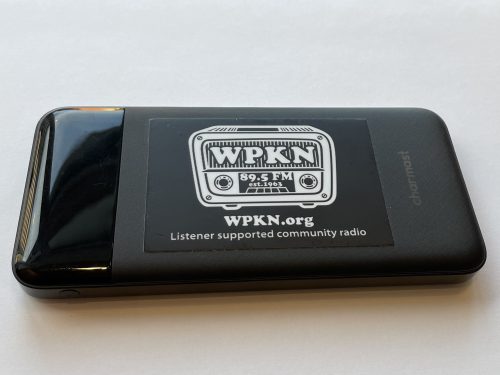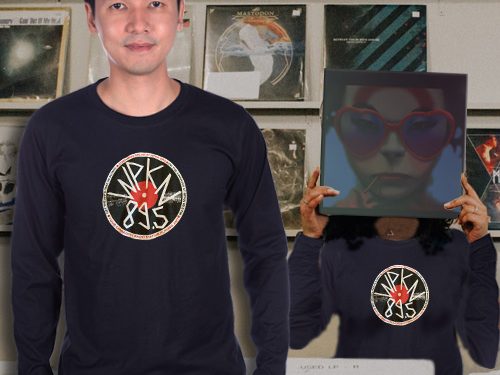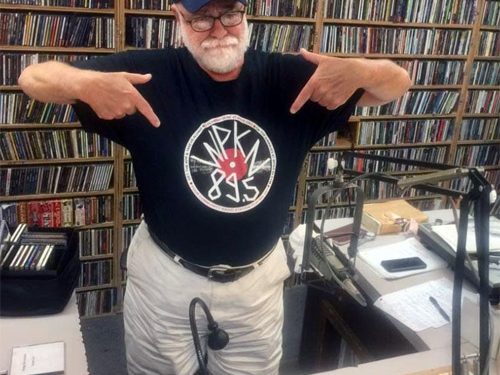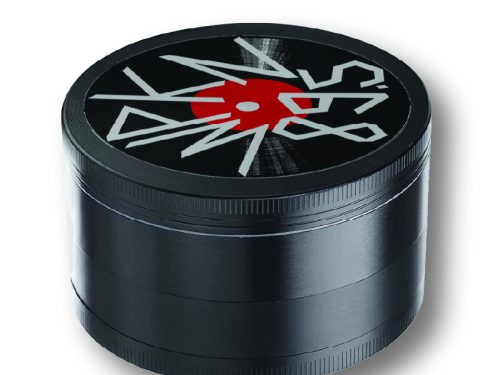|
-
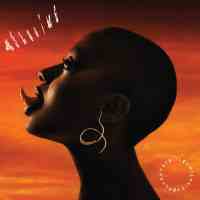
-
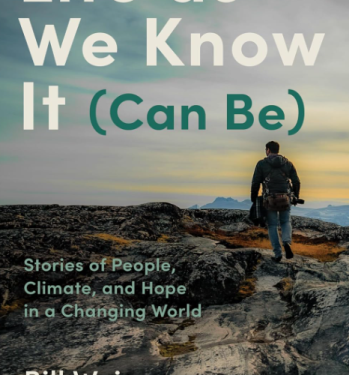 Award-winning journalist and CNN chief climate correspondent Bill Weir draws on his years of immersive travel and reporting to share the best ideas and stories of hope and positivity from the people and communities around the world who are thriving in the wake of climate change, and what we can learn from them to build a more promising future.
Award-winning journalist and CNN chief climate correspondent Bill Weir draws on his years of immersive travel and reporting to share the best ideas and stories of hope and positivity from the people and communities around the world who are thriving in the wake of climate change, and what we can learn from them to build a more promising future. -
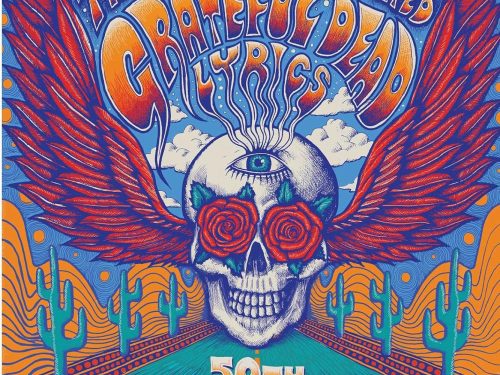 The Complete Annotated Grateful Dead Lyrics is an authoritative text, providing standard versions of all the original songs you thought you knew forwards and backwards. These are some of the best-loved songs in the modern American songbook. They are hummed and spoken among thousands as counterculture code and recorded by musicians of all stripes for their inimitable singability and obscure accessibility. How do they do all this? To provide a context for this formidable body of work, of which his part is primary, Robert Hunter has written a foreword that goes to the heart of the matter. And the annotations on sources provide a gloss on the lyrics, which goes to the roots of Western culture as they are incorporated into them. An avid Grateful Dead concertgoer for more than two decades, David Dodd is a librarian who brings to the work a detective’s love of following a clue as far as it will take him. Including essays by Dead lyricists Robert Hunter and John Perry and Jim Carpenter’s original illustrations, whimsical elements in the lyrics are brought to light, showcasing the American legend that is present in so many songs. A gorgeous keepsake edition of the Dead’s official annotated lyrics, The Complete Annotated Grateful Dead Lyrics is an absolute must-have for the fiftieth anniversary—you won’t think of this cultural icon the same way again. In fact, founding band member Bob Weir said: “This book is great. Now I’ll never have to explain myself.”
The Complete Annotated Grateful Dead Lyrics is an authoritative text, providing standard versions of all the original songs you thought you knew forwards and backwards. These are some of the best-loved songs in the modern American songbook. They are hummed and spoken among thousands as counterculture code and recorded by musicians of all stripes for their inimitable singability and obscure accessibility. How do they do all this? To provide a context for this formidable body of work, of which his part is primary, Robert Hunter has written a foreword that goes to the heart of the matter. And the annotations on sources provide a gloss on the lyrics, which goes to the roots of Western culture as they are incorporated into them. An avid Grateful Dead concertgoer for more than two decades, David Dodd is a librarian who brings to the work a detective’s love of following a clue as far as it will take him. Including essays by Dead lyricists Robert Hunter and John Perry and Jim Carpenter’s original illustrations, whimsical elements in the lyrics are brought to light, showcasing the American legend that is present in so many songs. A gorgeous keepsake edition of the Dead’s official annotated lyrics, The Complete Annotated Grateful Dead Lyrics is an absolute must-have for the fiftieth anniversary—you won’t think of this cultural icon the same way again. In fact, founding band member Bob Weir said: “This book is great. Now I’ll never have to explain myself.” -
 If you’ve heard any maloya music from the Indian Ocean island of Réunion, the chances are it brings to mind a characteristic rhythm played on percussion, and probably an image of today’s best-known maloya musician internationally, Danyel Waro, energetically shaking his rectangular flat kayamb shaker. Ann O’aro’s third recording isn’t at all like that, even though she’s toured with Waro, and his son Bino is the percussionist in her band, along with trombone player Teddy Doris and electronic manipulations by Brice Nauroy. Bleu is an album far from the usual, far from what’s generally thought of as maloya, and indeed music that wouldn’t immediately be identified as from Réunion. For both Ann O’aro and the music of Réunion, it’s quite a step, and an interesting one. Read Andrew Cronshaw's review and listen to some of the music.
If you’ve heard any maloya music from the Indian Ocean island of Réunion, the chances are it brings to mind a characteristic rhythm played on percussion, and probably an image of today’s best-known maloya musician internationally, Danyel Waro, energetically shaking his rectangular flat kayamb shaker. Ann O’aro’s third recording isn’t at all like that, even though she’s toured with Waro, and his son Bino is the percussionist in her band, along with trombone player Teddy Doris and electronic manipulations by Brice Nauroy. Bleu is an album far from the usual, far from what’s generally thought of as maloya, and indeed music that wouldn’t immediately be identified as from Réunion. For both Ann O’aro and the music of Réunion, it’s quite a step, and an interesting one. Read Andrew Cronshaw's review and listen to some of the music. -
 "Sometimes it can be better to accept and not examine things too deeply. Let it flow and enjoy it. Take Tranquebar's music. In many ways, what the Danish band creates shouldn't work. The mix of banjo, voice, accordion, and percussion is beautifully ramshackle (at least on the surface). Yet it succeeds, and it does it in a fashion that's quite mesmerizing. Ø is actually a collection of four EPs, each recorded on a different Danish island (hence the title, as Ø means island). And each island exerts a subtle influence on the shading of the music." Chris Nickson, in his review in RootsWorld.
"Sometimes it can be better to accept and not examine things too deeply. Let it flow and enjoy it. Take Tranquebar's music. In many ways, what the Danish band creates shouldn't work. The mix of banjo, voice, accordion, and percussion is beautifully ramshackle (at least on the surface). Yet it succeeds, and it does it in a fashion that's quite mesmerizing. Ø is actually a collection of four EPs, each recorded on a different Danish island (hence the title, as Ø means island). And each island exerts a subtle influence on the shading of the music." Chris Nickson, in his review in RootsWorld. -
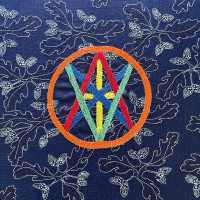 It's a year and a half since Simon Emmerson, the founder and guiding light of Afro Celt Sound System, died. But the band lives on, playing a fresh set of dates to coincide with the release of OVA, Emmerson's swansong with the group. It's a beautiful piece of work, and from the opening notes of "The Hawk Owl's Lament," which swoops and glides, rises and dives like the bird, everything is pitched just right. It's a reminder of just what he achieved with Afro Celt Sound System, as well as all his other projects. He was the imagination behind them all, and the glue that held them together. Chris Nickson, in his review in RootsWorld.
It's a year and a half since Simon Emmerson, the founder and guiding light of Afro Celt Sound System, died. But the band lives on, playing a fresh set of dates to coincide with the release of OVA, Emmerson's swansong with the group. It's a beautiful piece of work, and from the opening notes of "The Hawk Owl's Lament," which swoops and glides, rises and dives like the bird, everything is pitched just right. It's a reminder of just what he achieved with Afro Celt Sound System, as well as all his other projects. He was the imagination behind them all, and the glue that held them together. Chris Nickson, in his review in RootsWorld.


